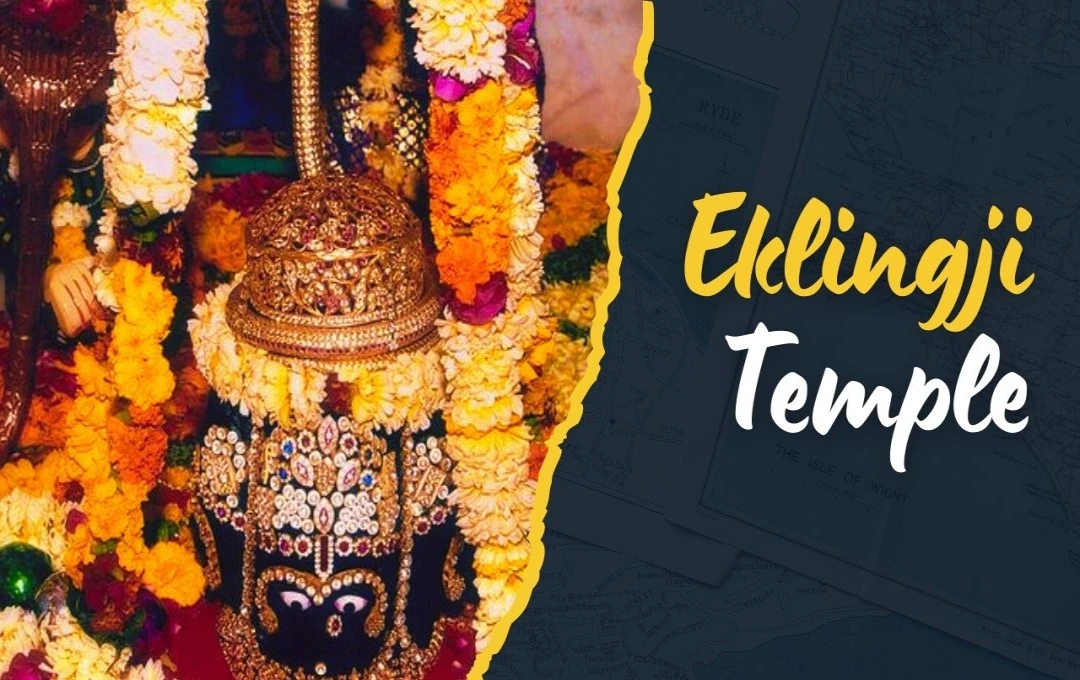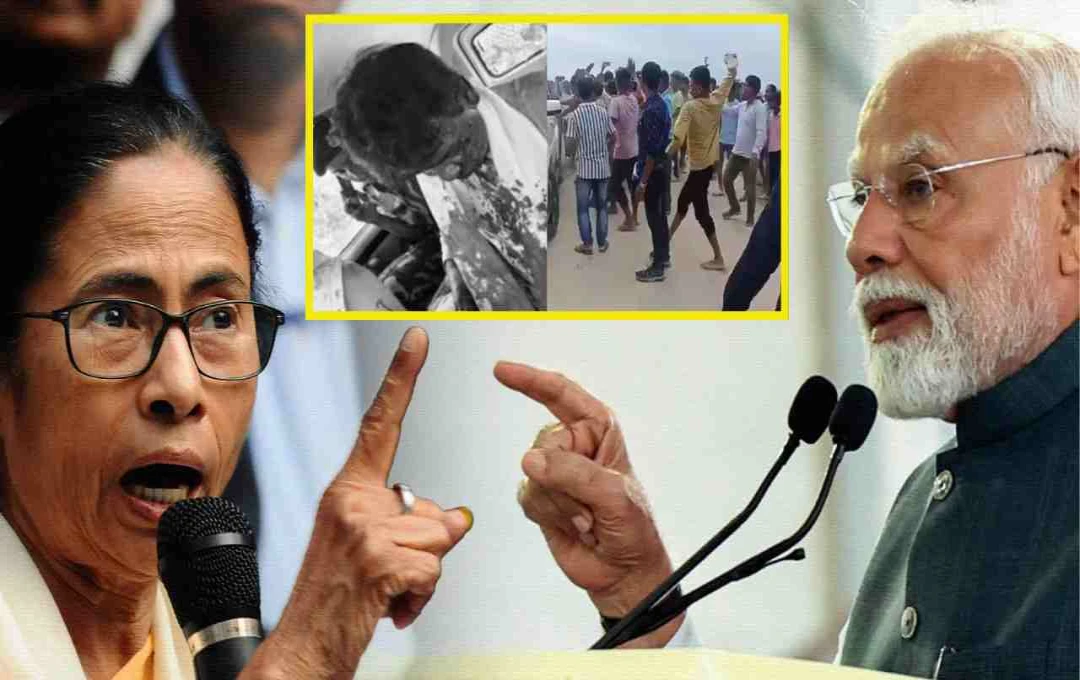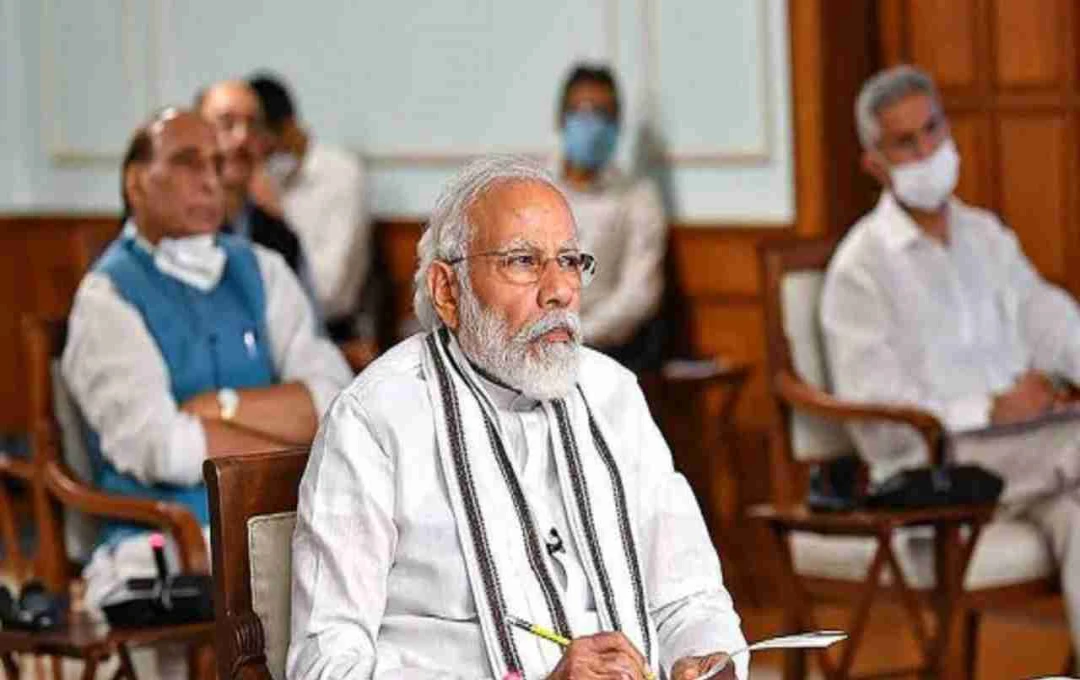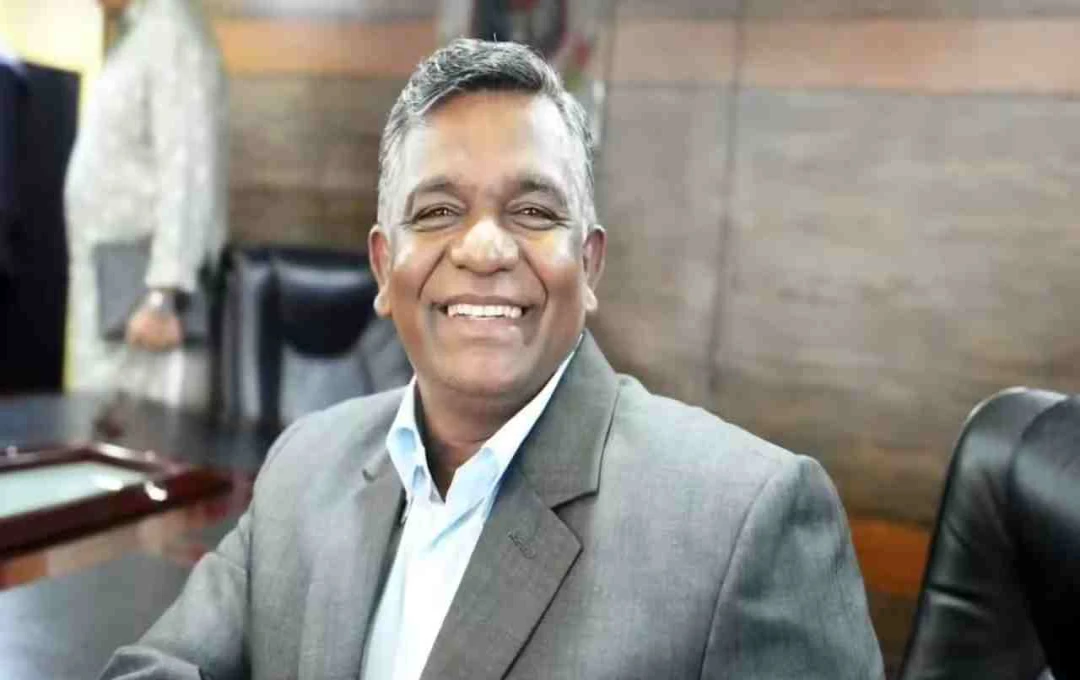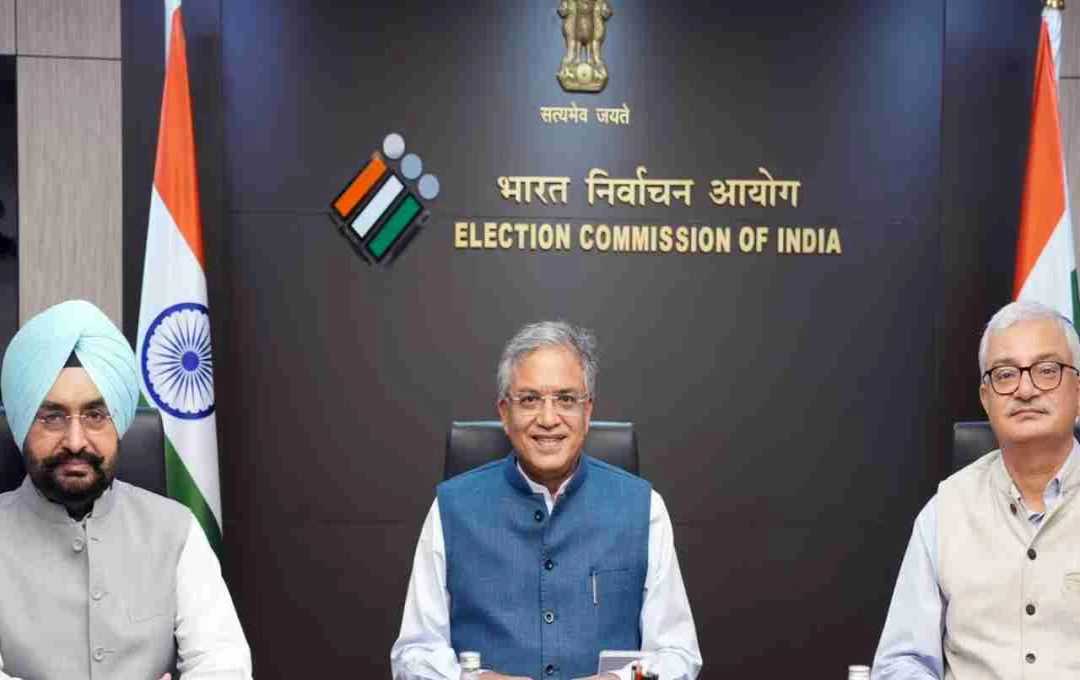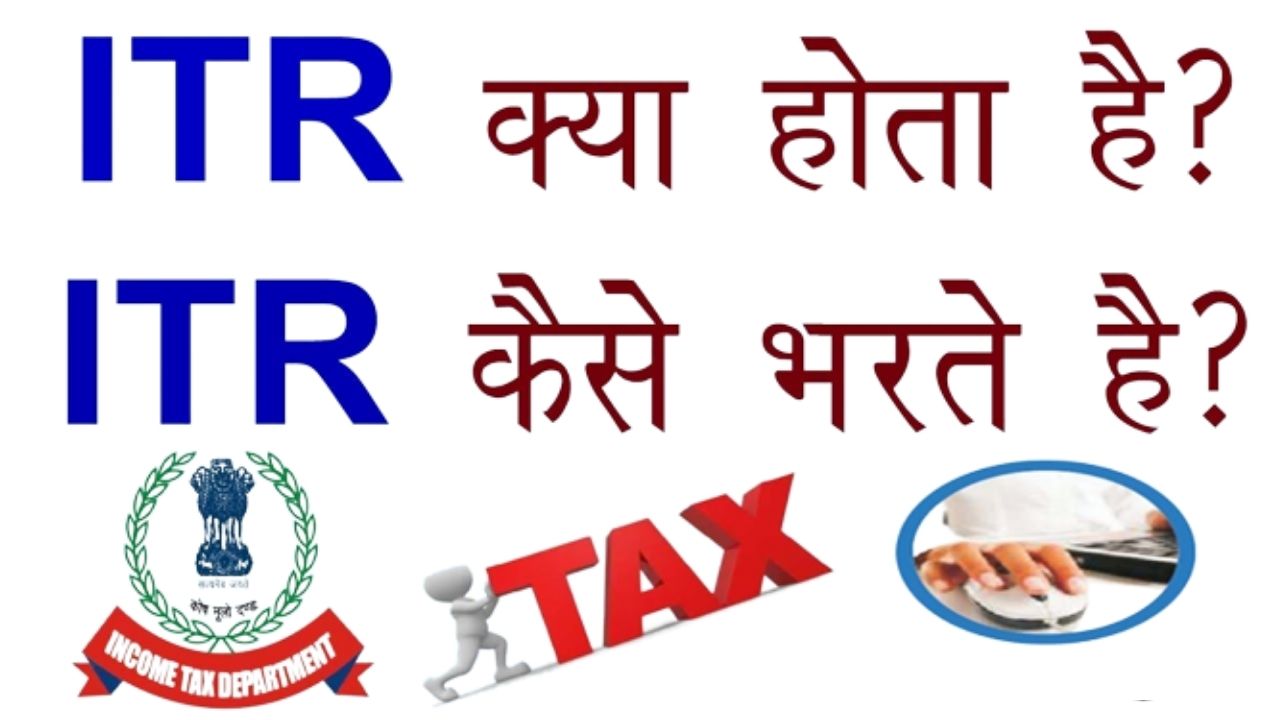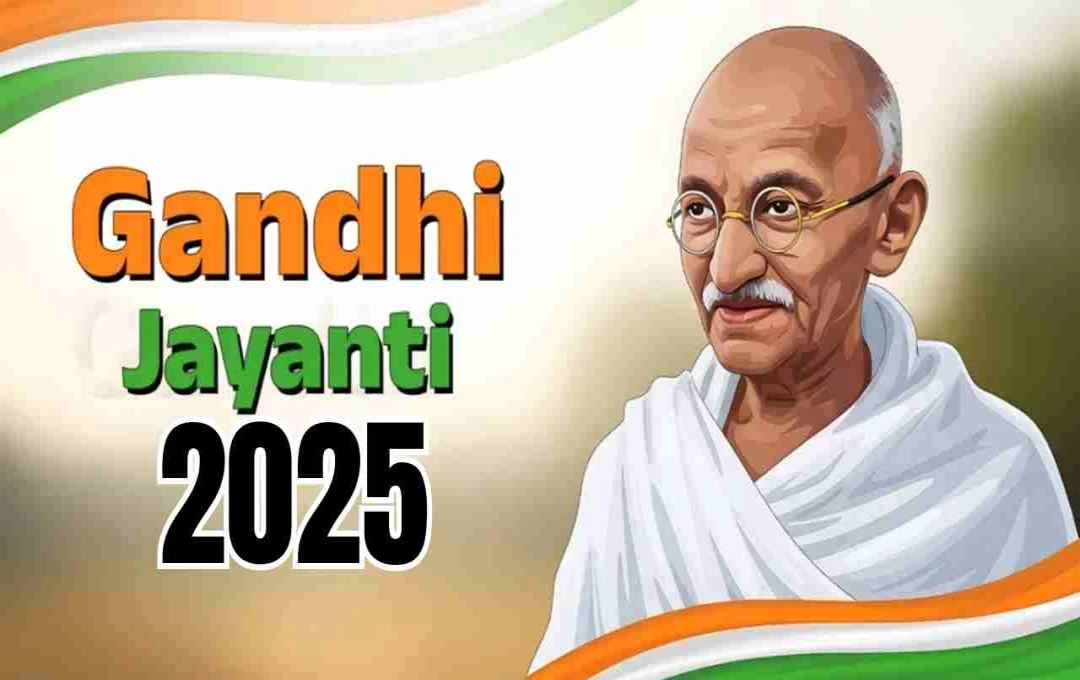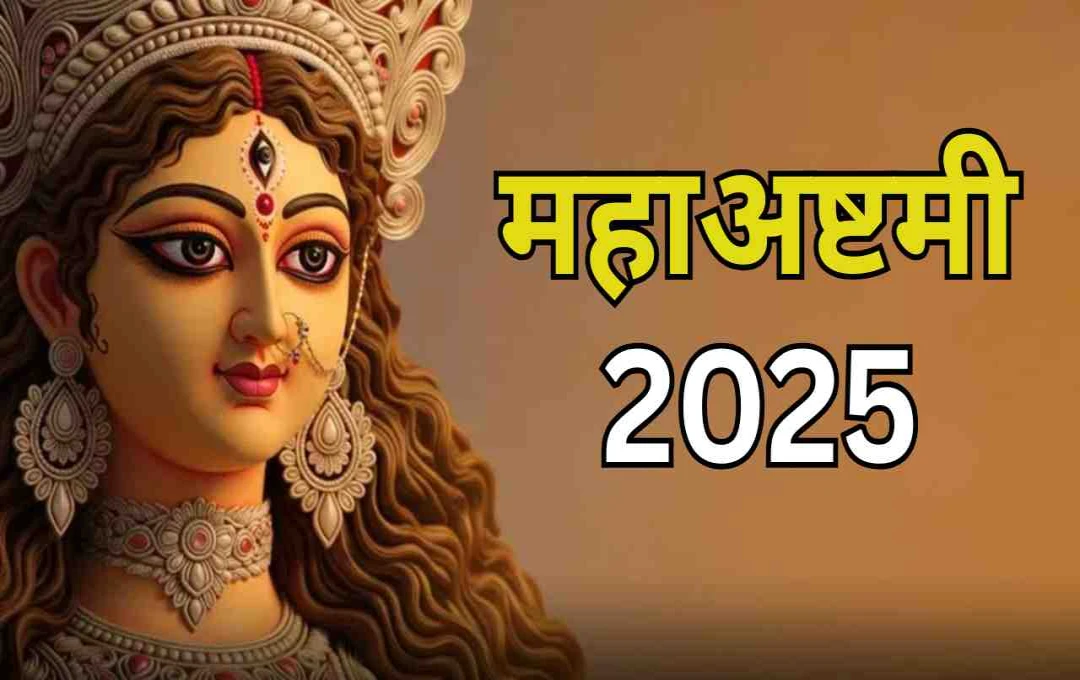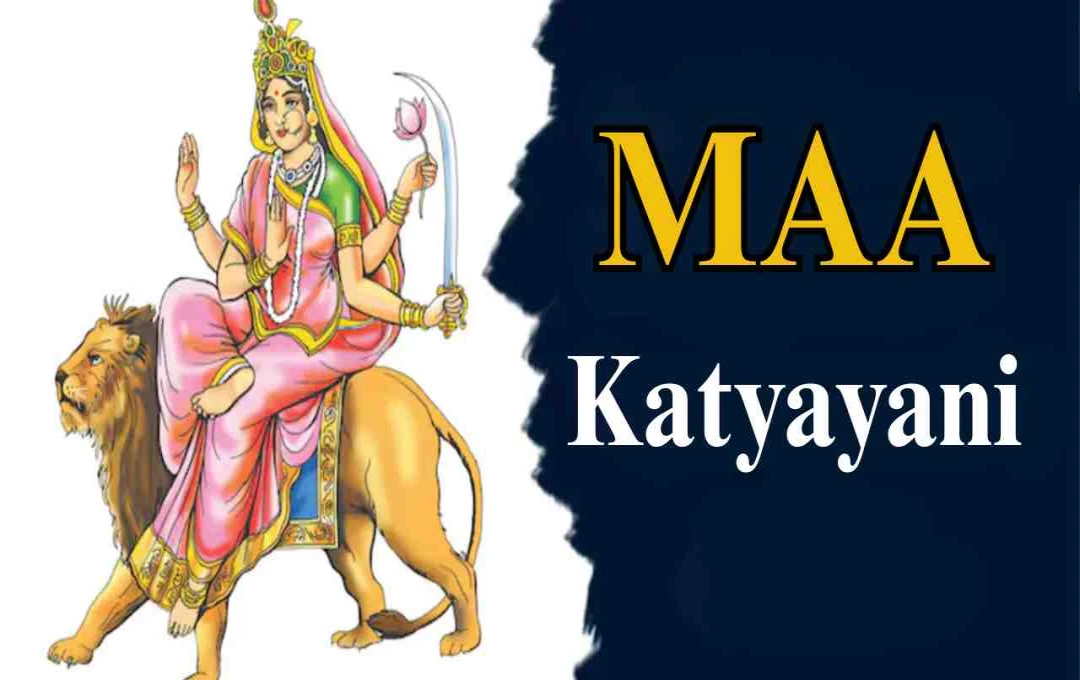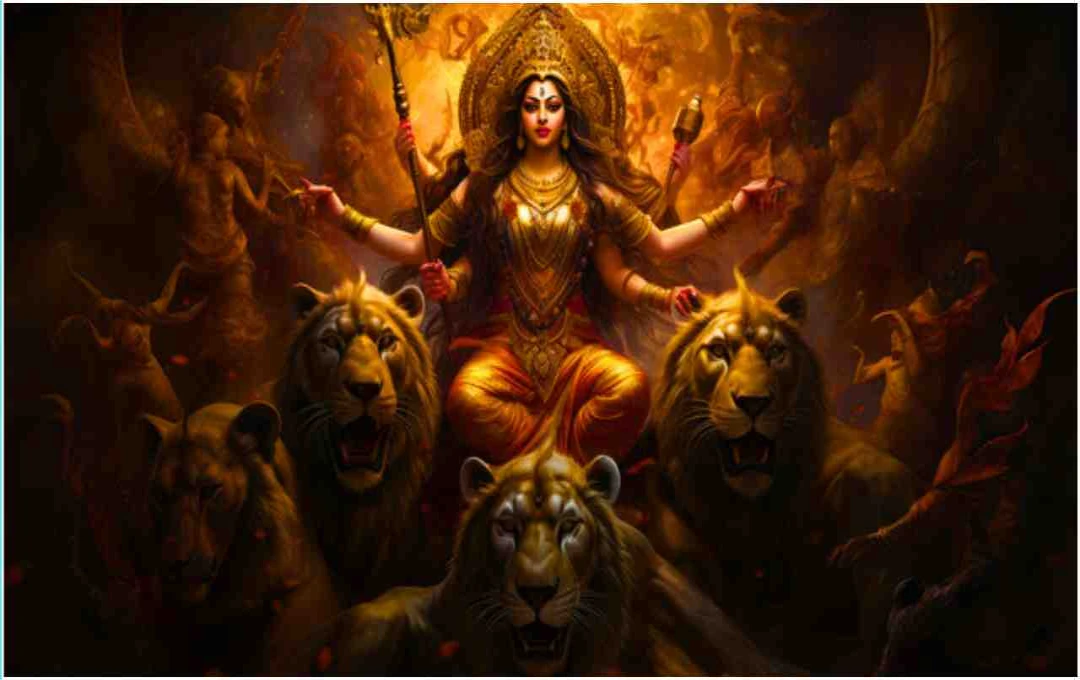The Eklingji Temple in Udaipur is not only a religious site but also historically and culturally significant. It is renowned as the patron deity of the Rajputs and has been a center of traditions associated with valiant warriors like Maharana Pratap. Its grandeur in architecture and sculpture makes it captivating.
Eklingji Temple: India boasts a multitude of religious sites, but some temples stand out, not only for their religious significance but also for their historical and cultural importance. The Eklingji Temple complex, located in the Udaipur district of Rajasthan, is one such special temple. This temple is known for its colossal architecture, historical events, and Rajput traditions.
History and Location of Ekling
The Eklingji Temple is situated approximately 18 kilometers north of Udaipur city. It is located between two hills in an area that was anciently known as Kailashpuri. However, due to the magnificent Shiva temple here, it gradually became known as Eklingji. This idol of Lord Shiva was considered the patron deity of the Maharanas of Mewar and other Rajputs.
It is believed that the rulers of Mewar considered only Lord Ekling as the true ruler during their reign. This was the reason why the Maharana of Udaipur was given the title 'Diwan'. Before going into any battle, it was the tradition of the Maharana to worship Eklingji and seek his blessings.
From a historical perspective, this temple is also extremely important. Many historical vows and pledges have been taken here. It is said that even amidst difficult circumstances and adversaries, Maharana Pratap took numerous vows, considering Eklingji as his witness. It is believed that when his courage was in crisis, he protected his honor and dignity even when present in Akbar's court.
Architecture and Design
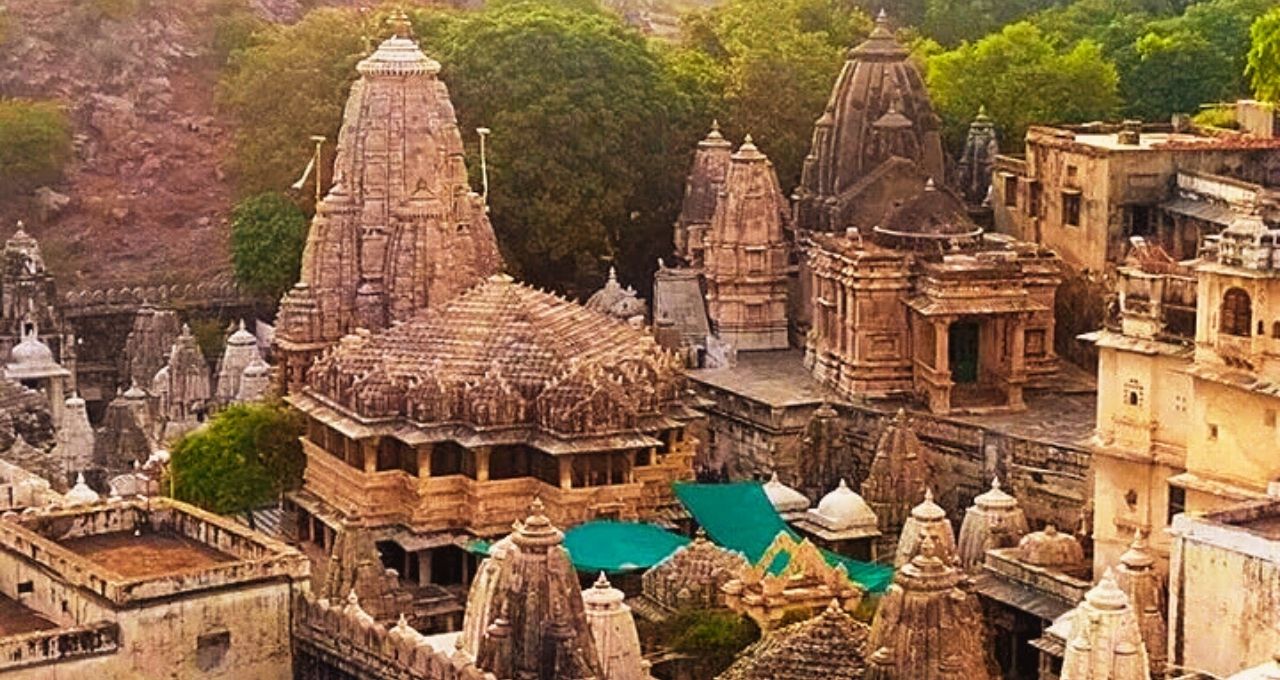
The architecture of the Eklingji Temple is extremely magnificent and attractive. It is surrounded by a high perimeter wall and contains 108 temples inside. In the main temple, a four-faced idol of Lord Shiva is installed, which is approximately 50 feet high.
This four-faced statue faces the four directions. These four faces have symbolic significance:
- Vishnu in the north direction,
- Surya (Sun) in the east,
- Rudra in the south,
- Brahma in the west.
A brass statue of Nandi the bull, the vehicle of Shiva, is installed at the main entrance of the temple. Statues of Goddess Parvati and Lord Ganesha are also located in the temple complex. Idols of Yamuna and Saraswati can also be seen inside the temple.
A special attraction is the silver Shivalinga, which is surrounded by a silver snake. Along with this, paintings of Lord Ganesha and Lord Kartikeya are done on the silver doors of the temple. Beautiful statues of dancing women can also be seen here. The temple complex also houses the Ganeshji Temple, Amba Mata Temple, Natho ka Temple, and Kalika Temple. The construction and architecture of each temple are unique in themselves.
Temple Construction and Development
Clear written evidence about the construction period and the builder of the Eklingji Temple is not found. According to legends, this temple was built by Bappa Rawal around the eighth century. Later, the temple was destroyed, which was rebuilt by Maharana Mokal. The credit for the current form goes to Maharana Raimal.
Maharana Raimal established the four-faced Shiva statue made of black marble. A eulogy of 100 verses related to him is inscribed near the southern gate of the temple. Thus, this site is not only religiously but also historically important.
Features of the Complex
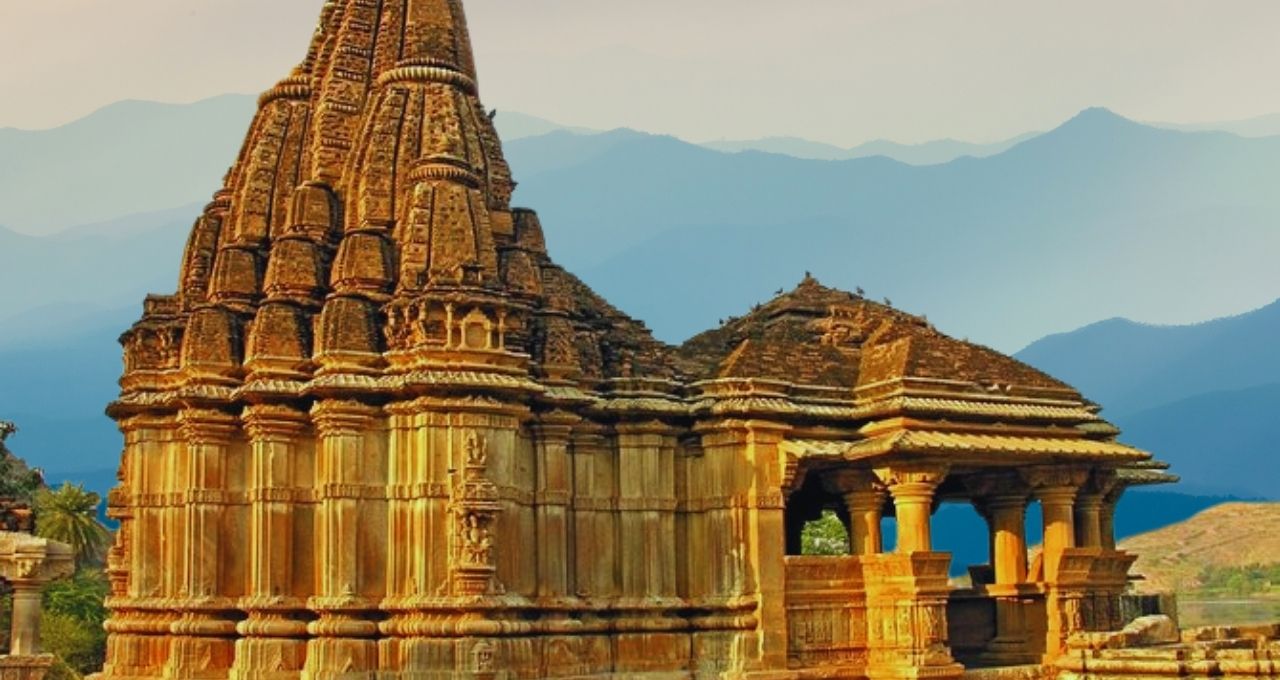
There are many small temples within the four walls of the temple. One of these is the Vishnu Temple, which was built by Maharana Kumbha. People also call it the Meera Bai Temple.
At a short distance is the Lakulish Temple, which was established by the abbot in Vikram Samvat 1028 (971 AD). Apart from this, the Vindhyavasini Devi Temple is also located in the temple complex.
The history of the temple's Mahants (priests) is also interesting. According to legend, Nath Haritarashi, the guru of Bappa Rawal, was the Mahant of the temple. His followers took care of the temple's worship and other religious functions. Later, when the conduct of the abbots became corrupt, the maintenance of the temple was handed over to the Gosains. This tradition continues even today.
Religious Significance and Traditions
The Eklingji Temple is not only important from an architectural and historical point of view but is also highly revered from a religious perspective. The Rajputs of Mewar always considered it the basis of their protection and rule. During wars and times of crisis, Maharana Pratap and other kings came here to pray for their strength and courage.
Many festivals and fairs are organized in the temple complex every year. Shivratri is celebrated here in a particularly grand manner. On this occasion, devotees come here from far and wide.
Eklingji Temple and Society
The Eklingji Temple has also had a profound impact on society and culture. It is not only a religious center but also a cultural and historical symbol. The tales of Maharana Raimal and other kings' policies, their struggles, and faith in religion are still alive in the temple complex.
The diversity of architecture and sculptures in the temple complex shows that there used to be a wonderful confluence of art and religious faith in ancient Rajasthan. The sculptures, paintings, and architecture here are symbols of the richness of Indian culture.
The Eklingji Temple is not only the religious identity of Udaipur and Mewar, but it is also a symbol of the cultural and historical heritage of Rajasthan. The magnificent architecture, the four-faced Shivalinga, and the presence of various temples make it a unique place for devotees and history lovers. The events related to Maharana Pratap and the Ranas of Mewar make this temple not only religious but also historically significant.
